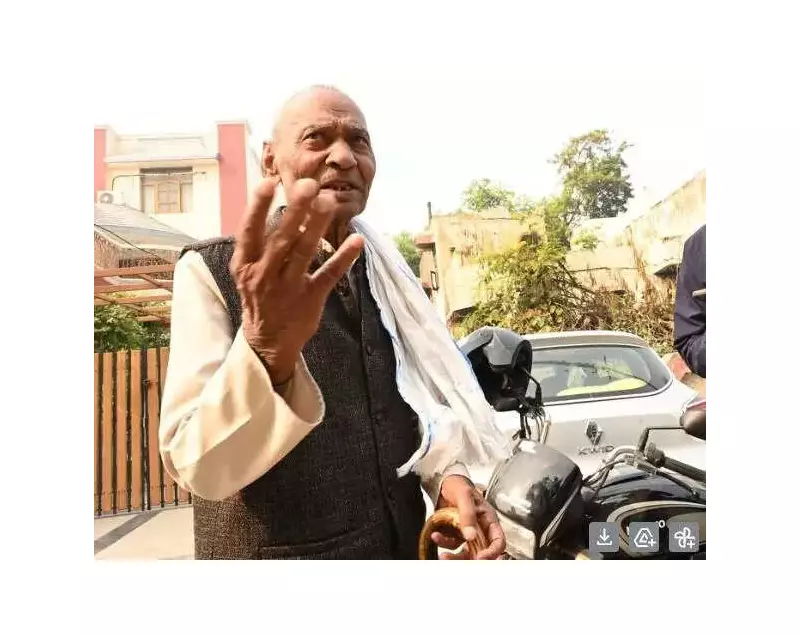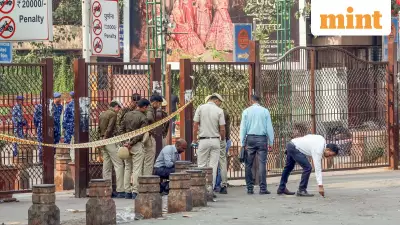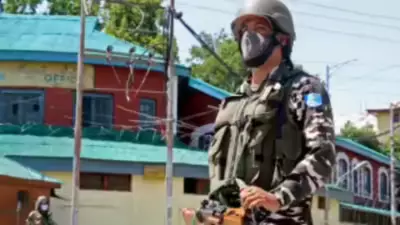
Nearly two decades after the gruesome Nithari killings shocked the nation, the narrow lanes of this Noida village have gradually returned to the rhythm of daily life. The streets now buzz with food stalls, vegetable sellers, salons and small shops, creating an atmosphere of normalcy that belies the area's dark history.
Life Moves On in Nithari's Lanes
RC Gautam, a local resident for over 30 years, reveals that the community has largely moved forward from the traumatic events. "People here are busy with their lives and livelihoods," Gautam told TOI. "They hardly talk about it anymore." This sentiment echoes through the village, where residents have consciously chosen to focus on their present circumstances rather than dwell on the past.
The recent development of Surinder Koli's release after spending 16 years on death row has brought renewed attention to the case, though it hasn't significantly altered daily life in Nithari. The Supreme Court's decision to set free the man once dubbed the 'Nithari killer' represents another chapter in the complex legal saga that began in 2006.
The Unforgettable Landmark: House D5
Despite the passage of time, one address remains deeply etched in Nithari's identity. Umar Ali, who moved to the village in 2019 and operates a small salon, confirms that D5 continues to be the "most recognisable" landmark. "Whenever I tell my friends to visit, I just say 'come near D5'," Ali explains, highlighting how the infamous location has become an unconscious reference point for newcomers and old residents alike.
The house itself stands as a grim monument to the past - locked, decaying, and untouched by time. Once the epicenter of a series of brutal murders that exposed significant flaws in policing and governance, D5 serves as a silent witness to the horrors that unfolded within its walls.
Generational Divide in Memory
The memory of the Nithari killings reveals a clear generational split among residents. Ram Kishor Jha, a peanut seller operating roadside, observes that while older generations retain faint memories of the case, younger residents remain largely unaware. "The new generation doesn't even know what Nithari went through," Jha states, emphasizing how economic priorities have taken precedence over historical recollection.
This generational gap becomes starkly evident through 12-year-old Asha, a Class V student living just lanes away from the notorious D5 house. When asked about the killings, Asha responds innocently, "I have not heard about it and no one told me about the Nithari killings."
However, the trauma has left lasting behavioral changes within the community. A group of women sitting together recalled the horrific incident and admitted, "We have become more careful since then and we do not send our children outdoors at night." One woman summarized the collective sentiment: "Life has moved on, but the scars stay."
Questions About Justice and Investigation
Despite the outward normalcy, questions about justice remain unresolved for some residents. RC Gautam pointed to what many perceive as investigative failures, stating, "The investigation was weak and some of the victims' families turned hostile, which further weakened the case. Justice was never truly delivered."
As Nithari continues its daily rhythms seventeen years after the horrific discoveries, the village embodies a complex reality where life progresses forward while the shadows of the past linger silently in the background, particularly around that one locked house that tells a story no one wants to remember but cannot completely forget.





